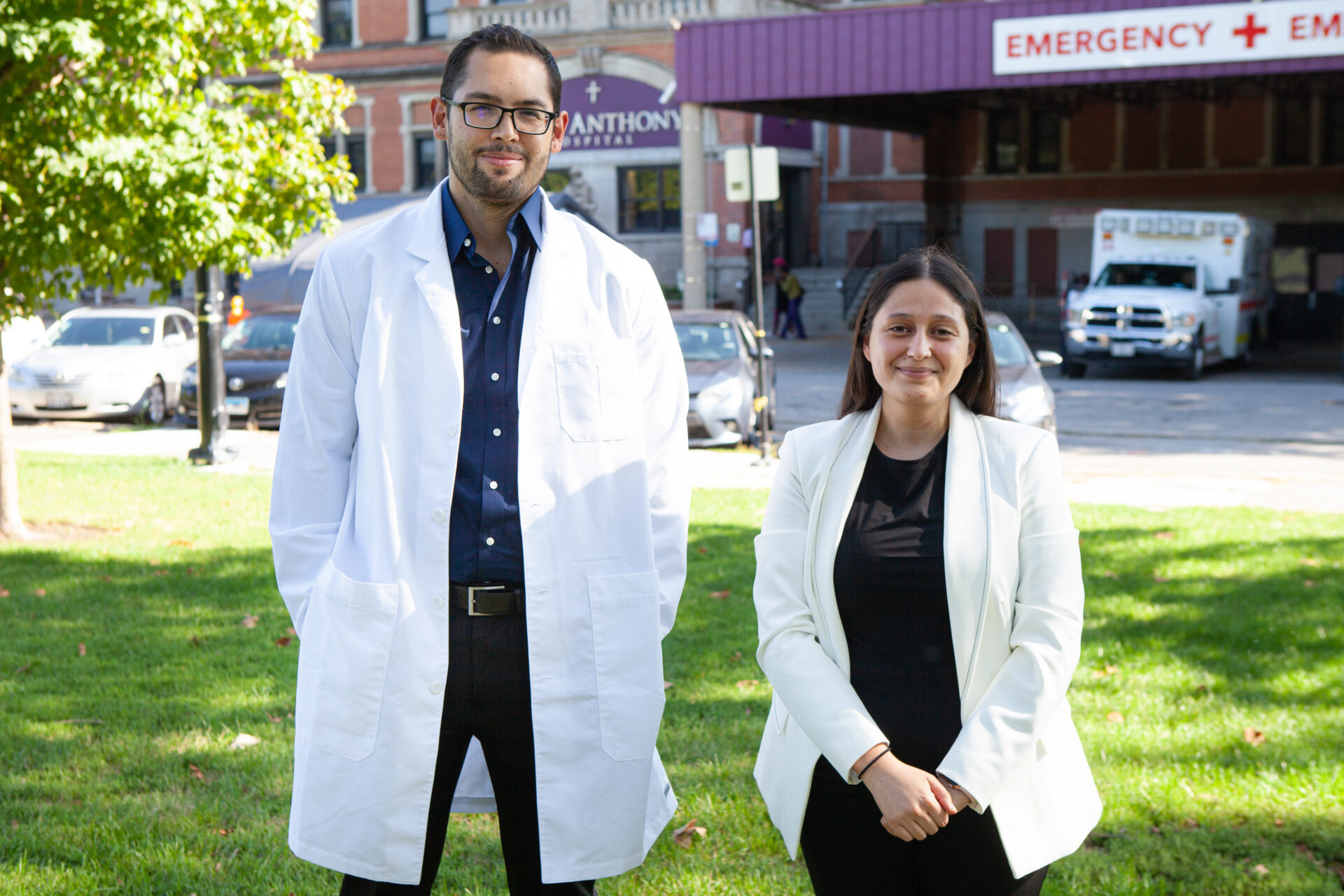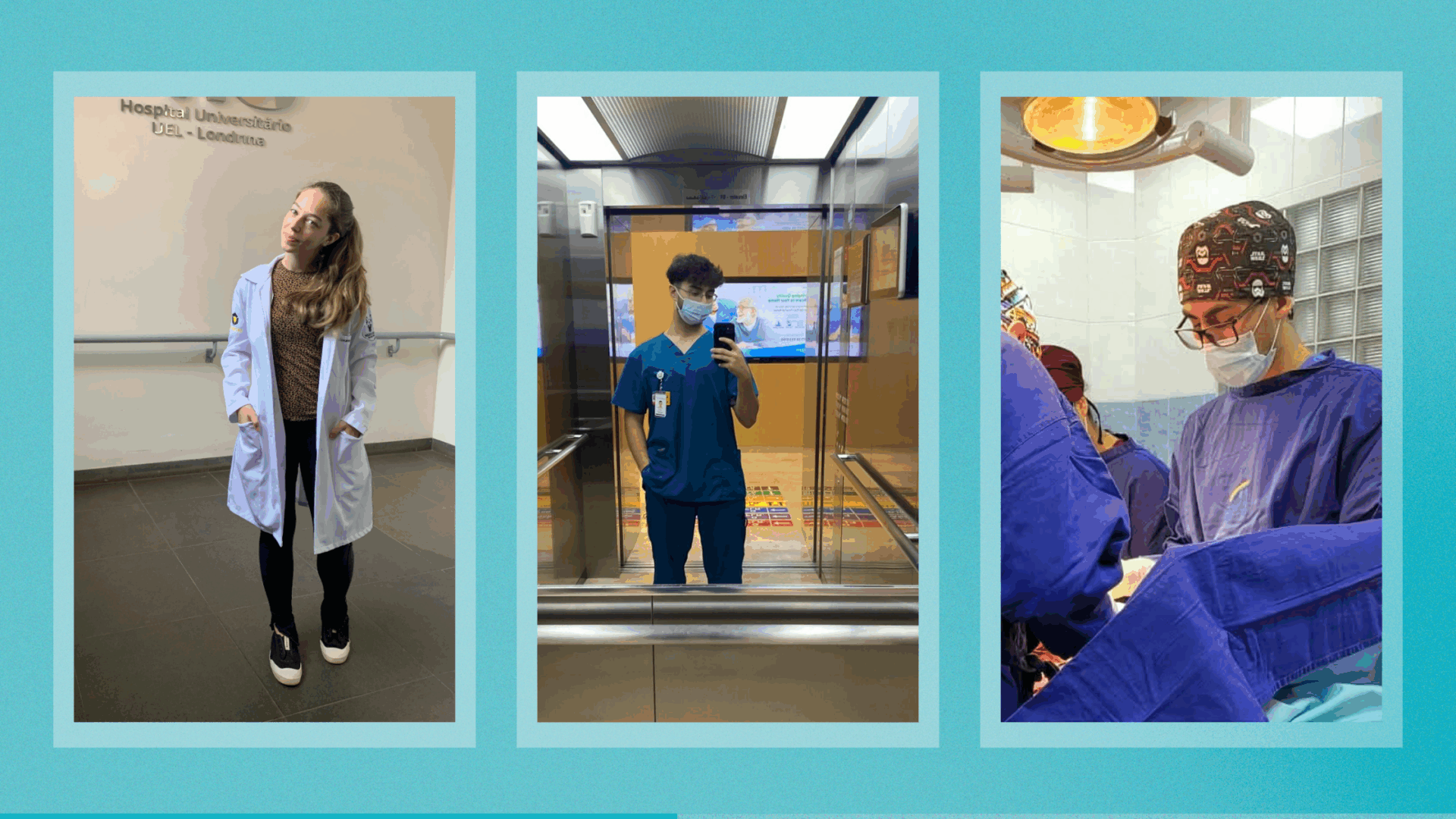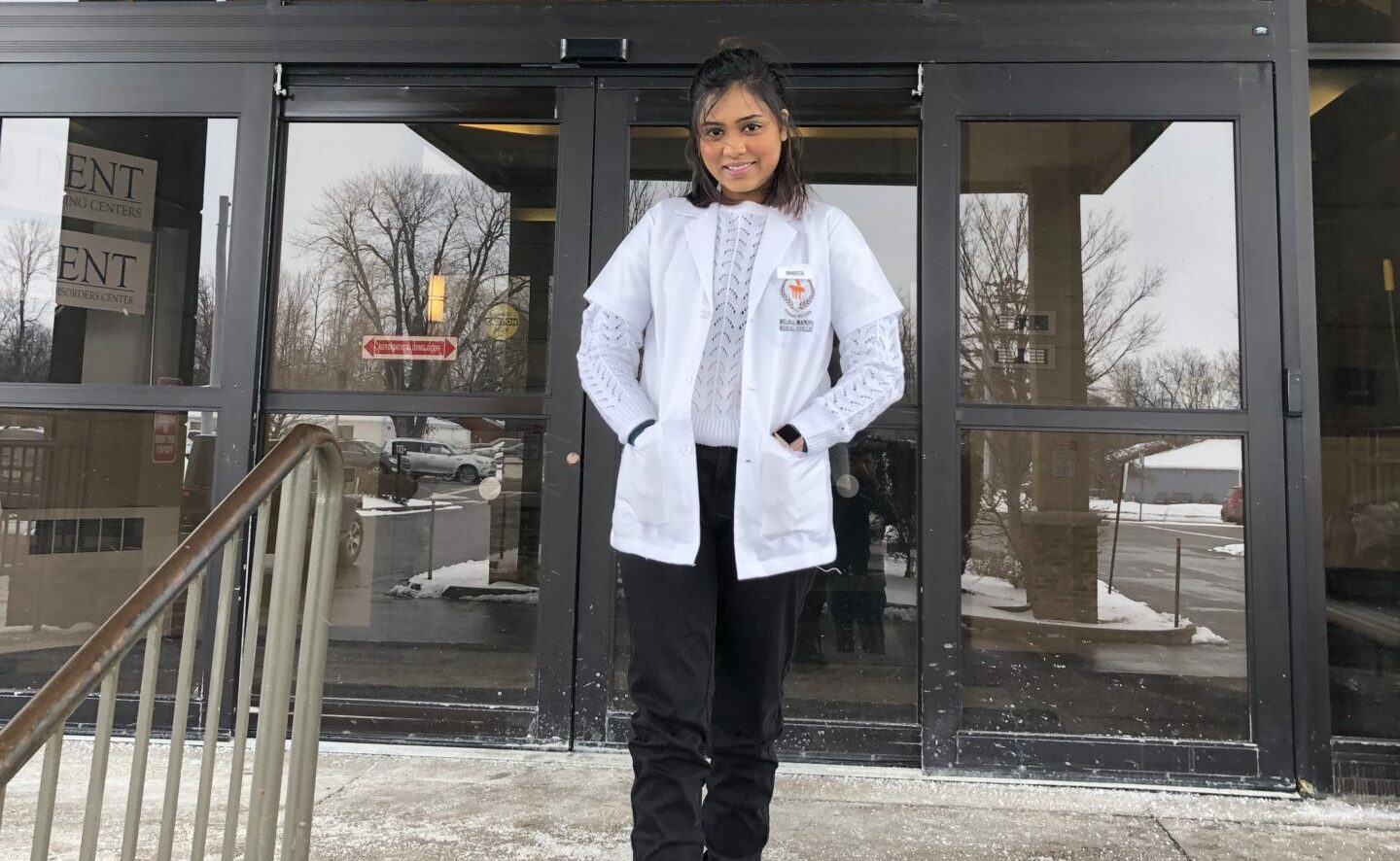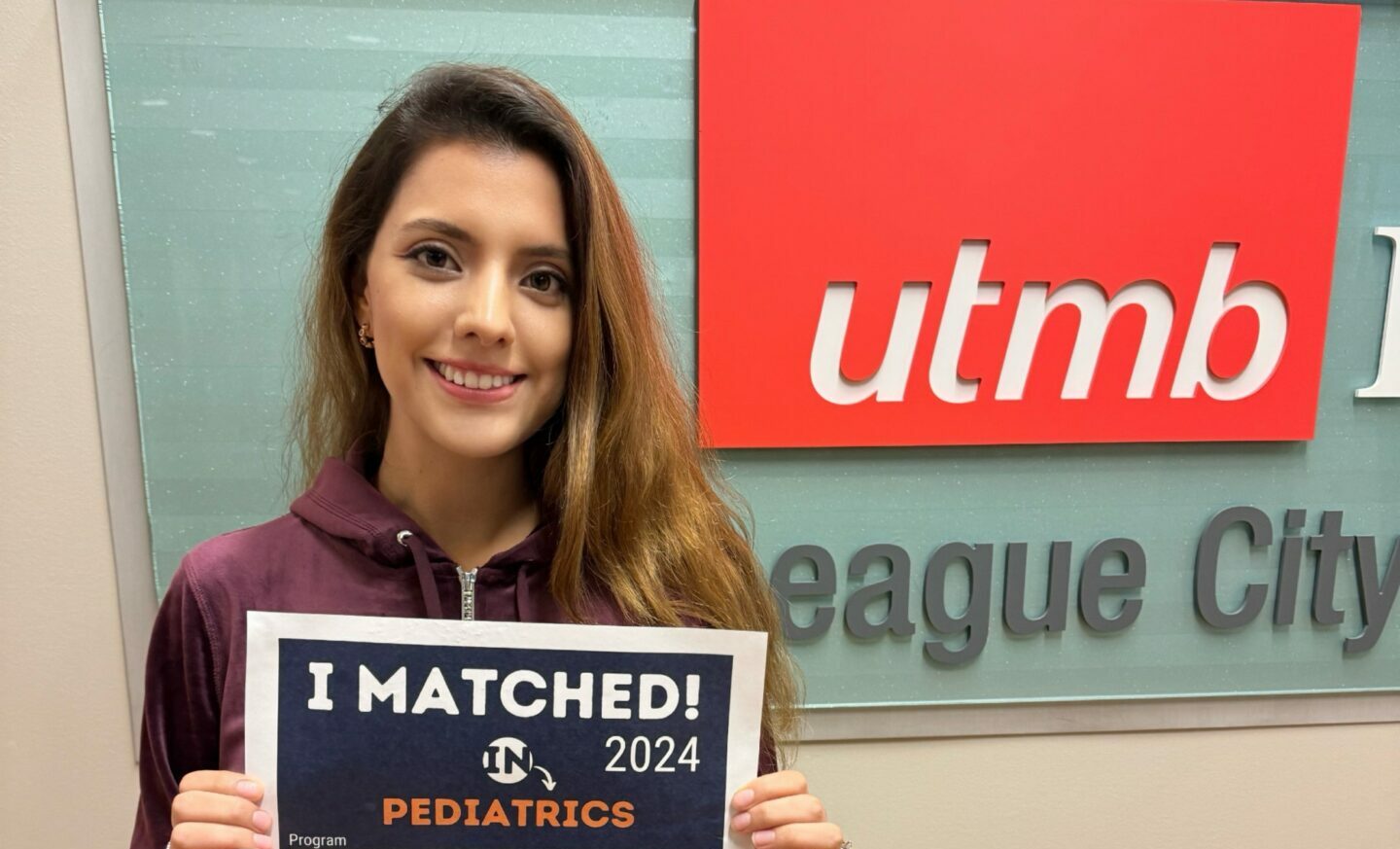The ten-year celebration goes on! While most of our celebration so far has been looking back on how the last ten years have helped shape who AMOpportunities is, this post looks to the future.
Below, read about ten goals AMO has for our next decade (and beyond!)
1) Address the Nursing Shortage
Among all healthcare worker shortages, perhaps none is more immediately critical than the nursing shortage. An existing shortage that was accelerated by the pandemic, the burnout that nurses face has been widely covered in U.S. media in recent months.
Due to a number of factors that includes burnout, limited access to education, and an aging workforce, the U.S. Bureau of Labor Statistics estimates a shortage of 275,000 nurses by 2030.
Nursing practicums on the AMO platform are certainly not new. However, as we look toward the future, it is our goal to accelerate the work we do with nursing schools. Expanding practicum for all students creates education opportunities that will graduate more nurses into the healthcare workforce and address the demand on healthcare’s frontlines.
2) Make Rural Care More Accessible
Rural populations are more likely to experience the negative impacts of healthcare worker shortages. Those in rural areas are less likely to have access to specialty care and wait times in rural areas have been shown to be twice that of urban areas. This leads to lower life expectancy, higher rates of preventable diseases, and slower detection.
The need for an expanded rural healthcare workforce is clear. While IMGs are more likely to work in rural areas, our work with U.S. schools and students in the next decade will also be done with rural healthcare in mind.
3) Support the Needs of (More) U.S. Schools and Students
You may think of AMO as having an international audience. But our work with U.S. medical schools, PA programs, and nursing schools took off in our tenth year and will be a big part of our future.
Why?
Because growing medical school enrollment and physician burnout is limiting clinical site availability in the U.S. One of our biggest goals for the next ten years and beyond is ensuring schools have access to enough clinical sites to match the size of their cohorts while making sure students can rotate close to home.
4) Create Connections that Diversify the Healthcare Workforce
Access leads to diversity. Diversity improves patient outcomes.
Our past has been focused on connecting international medical trainees with U.S. clinical opportunities. While this will still be part of our future, we aim to expand our work connecting schools with hospitals and hospitals with schools.
Our past work with Ponce Health Sciences University and Mercy Health System shows how the quality of care in a community can be improved from within that community, and it will be a model for our future.
5) Reduce Physician Burnout
Expanding clinical training should not be at the cost of burnout. AMO’s management software and dedicated team of coordinators help our preceptors teach without the administrative load.
Future goals for building our software and our team will always be done with the workload of current and future preceptors in mind.
6) Work Alongside New Healthcare Sectors
Over the past decade, AMO has evolved from working with medical students to working with nursing, dental, and even PA students. Looking at the present state of medical education, it’s clear that other fields–such as PharmD and NP programs–are affected by clinical site shortages.
As we look toward the next ten years, we know there is so much more to learn and so many more fields to help
7) Continue to Increase Match Rates
Of course, access to clinical training opportunities is only one part of the equation. For medical students, the other side is acceptance into a residency program. In 2022, our first year tracking data, AMO was proud to learn that 80.6 percent of IMG trainees who had completed a rotation through AMO and applied to the Match that year were accepted into residency. This rate exceeded the average for both non-U.S. and U.S. IMGs (58.1 percent and 61.4 percent, respectively).
With our goal of working with more U.S. schools and students, we also aim to see this above-average match rate reflected in our DO and MD trainees.
8) Resource Students at All Stages of their Education
You may have noticed by now, but over the last ten years, we’ve been big on providing medical students with resources that help them navigate their clinical years.
But your medical education, and your career goals, are more than just your clinical years. That’s why we’ve put more emphasis around resourcing students for other stages of their medical education journey. Our test-prep partners–such as Kaplan–help students prepare for the USMLE or COMLEX exams. Our residency timeline resources help you plan out your application process.
As our team continues to grow, we are (and will continue to be) able to also host webinars on more specific topics, host interviews with physicians, and more.
9) Create Opportunities Beyond Clinicals
In 2006, the AAMC challenged medical schools to increase enrollment by 30 percent. While that goal was reached in the 2019-2020 school year, it has not been matched with an equal growth in available residency spots.
While expanding GME sites falls mostly on the federal government and the U.S. Medicare program, it will be important for AMO to continuously support ACGME sites and future ACGME sites with their goals and needs.
10) Reduce Barriers for Internationally-trained Physicians
The value of international medical education is at the root of why we do what we do. While 1 in 5 physicians practicing in the U.S. today is internationally trained, the Migration Policy Institute approximates there are 165,000 healthcare workers in the U.S. who are internationally licensed but not practicing.
Laws, like those proposed in states such as Arizona and Washington, have aimed to make it easier for these workers to find jobs in the U.S. healthcare system. Continuing to advocate for similar laws at the state and federal levels will go a long way in reshaping what the future U.S. healthcare looks like.







Leave A Comment